Advertisement
Fictional worldbuilding is one of the most captivating yet complex aspects of storytelling. It offers writers the chance to construct realms governed by their own rules, shaped by distinct cultures, histories, and geographies. However, the creative process behind it can be overwhelming, especially when building a believable and consistent world from the ground up. It is where ChatGPT proves to be an invaluable assistant.
ChatGPT, as an AI language model, serves not to replace human creativity but to support and expand it. When used correctly, it offers a reliable tool to brainstorm, organize, and enrich the foundational elements of worldbuilding—making the creative process not only more efficient but also more imaginative.
Writers using ChatGPT for worldbuilding can approach the tool in stages, each focused on a specific element of the fictional world. The AI can generate ideas rapidly, provide alternatives, and offer detailed descriptions that might take hours to brainstorm manually. While the human writer always retains creative control, ChatGPT becomes a collaborator who never tires or runs out of inspiration.
A successful world starts with a core idea. It includes the genre, tone, scale, and thematic direction of the story. Before engaging ChatGPT, writers are encouraged to determine a general framework: is the world post-apocalyptic, high fantasy, cyberpunk, or mythological? From that foundation, the AI can remain consistent with the tone and suggest components that align with the chosen direction.
For example, in a dystopian science fiction setting, AI can generate ideas about surveillance states, environmental collapse, or transhumanist cultures. These themes then inform all other layers of the world, from its politics to its technologies.
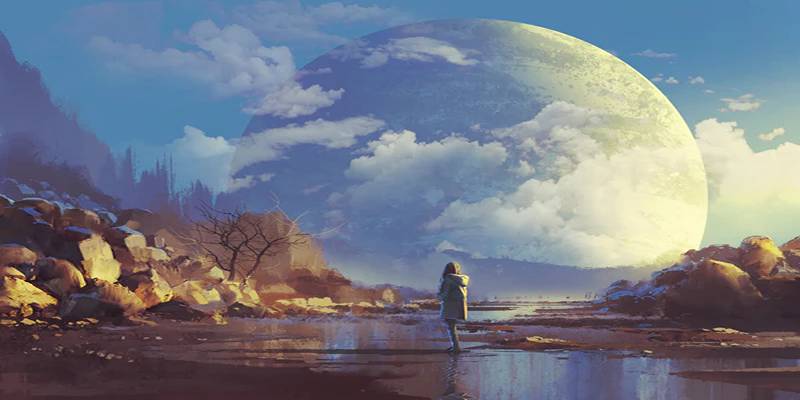
One of ChatGPT’s key strengths lies in helping writers visualize settings. It can create names for cities, describe alien terrains, or even propose entire planetary ecosystems. Whether the world is composed of sprawling metropolises floating in space or vast empires settled among sentient forests, ChatGPT provides descriptions that are not only vivid but often logically structured.
Additionally, AI can help writers maintain consistency by suggesting how different regions or biomes influence local cultures, economies, and lifestyles. Writers can explore how a harsh desert climate affects architecture or how oceanic civilizations develop trade networks based on currents and weather patterns.
A fictional world without history feels hollow. ChatGPT assists by generating timelines, eras, and turning points that shape the present-day story. Writers can ask the AI to simulate major wars, mythic ages, political collapses, or technological booms. These events form the backstory of nations, fuel character motivations, and justify current conflicts.
By organizing history into phases or epochs, ChatGPT makes it easier for writers to trace the consequences of past events in the modern world. A long-standing feud between two kingdoms, for instance, can be linked to a centuries-old betrayal or territorial dispute.
The culture of a fictional world determines how characters behave, interact, and understand their environment. ChatGPT can help writers flesh out elements such as spiritual beliefs, rituals, moral codes, artistic expression, and holiday traditions. These cultural aspects offer not only richness to the narrative but also opportunities for conflict, transformation, and identity exploration.
The AI can suggest multiple cultural systems across different regions or races in the world, making the setting feel diverse rather than monolithic. It can also propose how social structures are shaped—whether by caste systems, clan hierarchies, guild affiliations, or democratic alliances.
In genres like fantasy and science fiction, magic and technology are pillars of worldbuilding. ChatGPT can assist in creating magic systems with logical limitations and mechanics. It can generate ideas for spellcasting rules, magical artifacts, or energy sources, along with societal perceptions of magic—whether it’s revered, outlawed, or institutionalized.
In tech-heavy worlds, AI can propose future technologies such as AI governance, biomechanical enhancements, or sustainable mega-cities. More importantly, it can provide a narrative balance between magic and science, helping the writer keep one from overshadowing the other if both are present.
Characters bring a fictional world to life. ChatGPT allows writers to create detailed character archetypes that align with the world’s structure. It includes generating backgrounds, motivations, occupations, and alliances.
Beyond individual characters, ChatGPT is particularly useful for designing entire races or species. It can help create new sentient beings, complete with physiological traits, cultural traditions, languages, and histories. This approach supports broader social dynamics and gives the world a sense of living diversity.

Every civilization depends on resources and trade. ChatGPT can generate ideas for economic systems based on the world’s geography, technology, and political climate. For example, in a floating archipelago, the AI might suggest a sea-based economy revolving around aquatic farming, salt extraction, and magical pearl trade.
It can also help develop systems of currency, taxation, and labor. These economic foundations contribute to class structures, political disputes, and character motivations.
A functioning world requires rules, governance, and power struggles. ChatGPT can assist in constructing governments, whether monarchies, anarchist communes, technocracies, or divine theocracies. It can also outline political factions, secret societies, and military orders.
These entities form the basis for alliances and rivalries that drive story conflict. The AI helps writers navigate the relationship between political systems and the broader world, ensuring events in one region can logically impact another.
Worldbuilding is both an art and a craft. While ChatGPT offers rapid ideation and structured generation of content, it’s the human writer who breathes life into the world. The AI provides raw material, but interpretation, emotion, and storytelling come from the author.
By using ChatGPT as a supportive brainstorming tool, writers can save time on structural planning and focus more energy on storytelling. Whether it’s refining magical laws or inventing a new civilization, AI enhances creativity rather than stifling it.
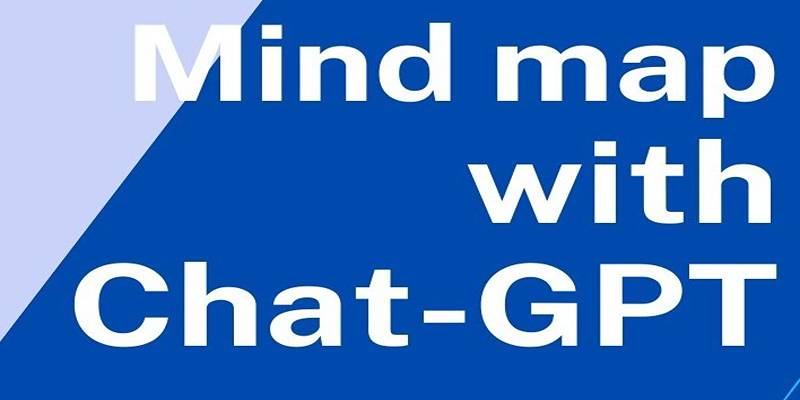
Boost creativity and structure in brainstorming by combining mind maps with ChatGPT for faster, clearer idea generation.

Discover best practices freelance writers can follow to use ChatGPT ethically, creatively, and professionally in their work.

Snowflake unveils new AI and security features to enhance machine learning, data protection, and scalability for businesses

Worried about how ChatGPT handles your data? Learn how to stop your conversations from being used to train AI models and manage your privacy settings effectively
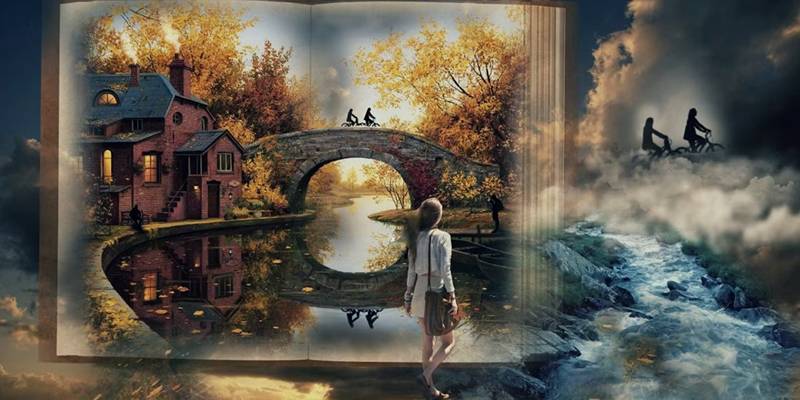
Discover how writers can use ChatGPT to develop fictional worlds, including culture, history, magic, politics, and more.
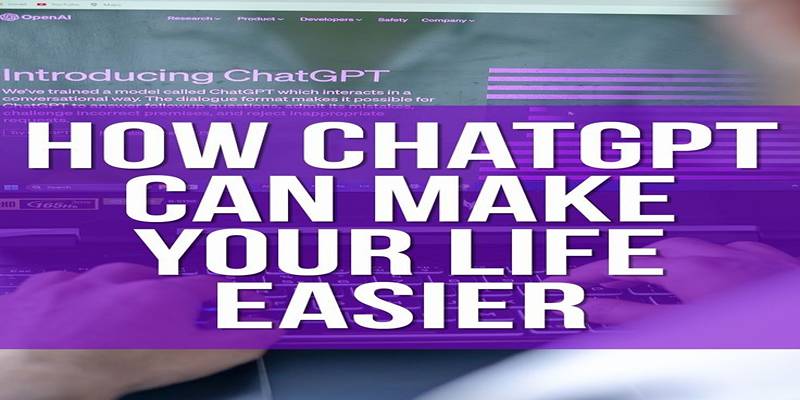
Discover 9 smart ways ChatGPT makes life easier by helping with tasks, decisions, planning, writing, and daily learning.
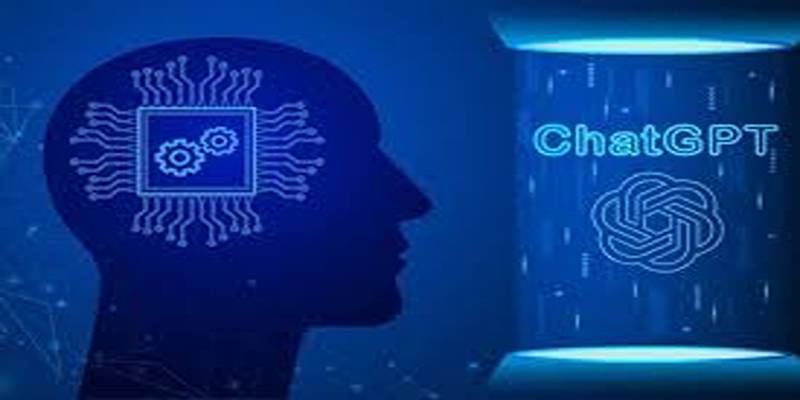
Learn how ChatGPT helps poets plan, write, edit, and structure poetry books while keeping their unique voices intact.
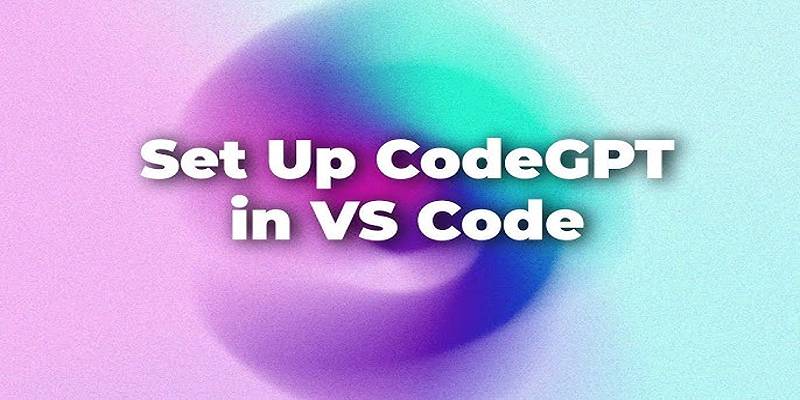
Learn how to install and use CodeGPT in Visual Studio Code to enhance coding efficiency and get AI-driven suggestions.
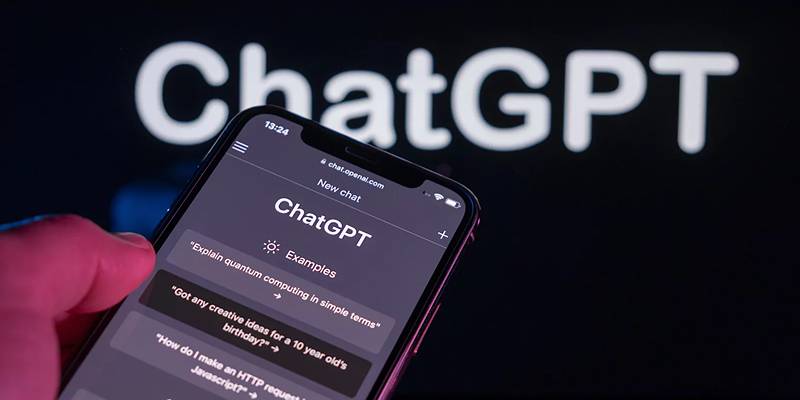
Many users say ChatGPT feels less intelligent, but OpenAI insists the AI model is smarter and safer with every new update.
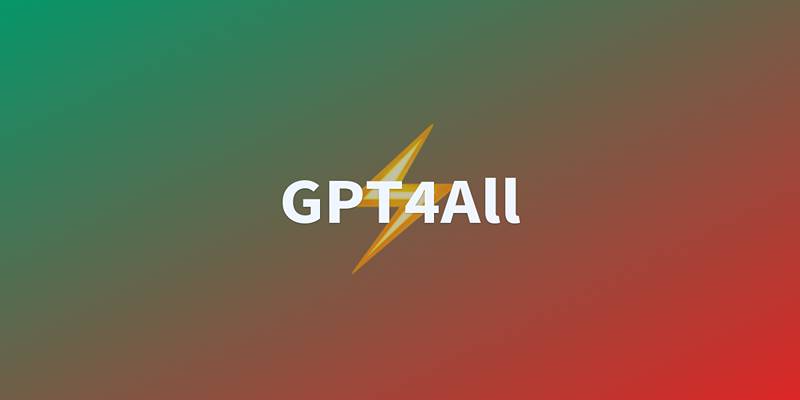
Learn how GPT4All runs offline, what makes it unique, and why it’s a secure, open-source alternative to cloud AI models.
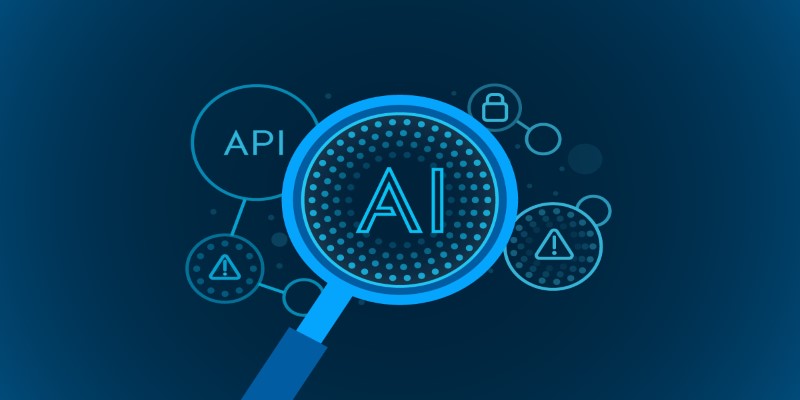
Wondering how to tell if content was written by ChatGPT? Discover four reliable AI-checking tools designed to help teachers, lecturers, and team leaders identify AI-generated writing with ease

Discover 8 effective ChatGPT prompt strategies that help reduce digital distractions and improve daily focus and clarity.